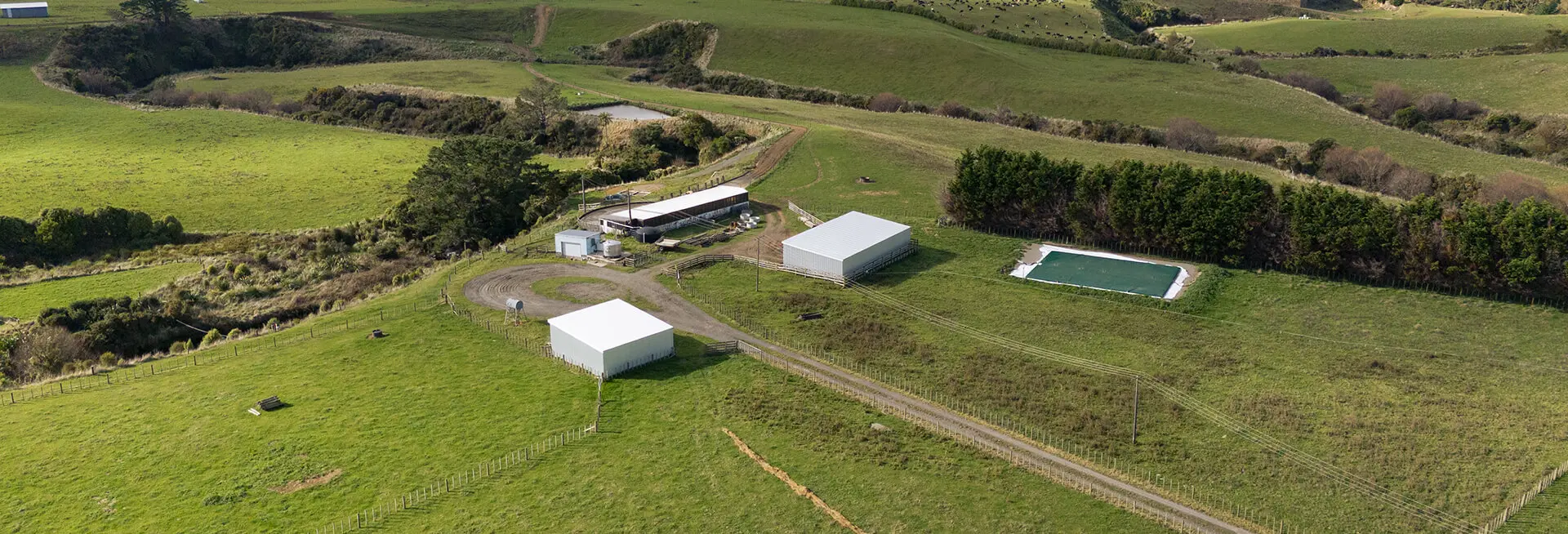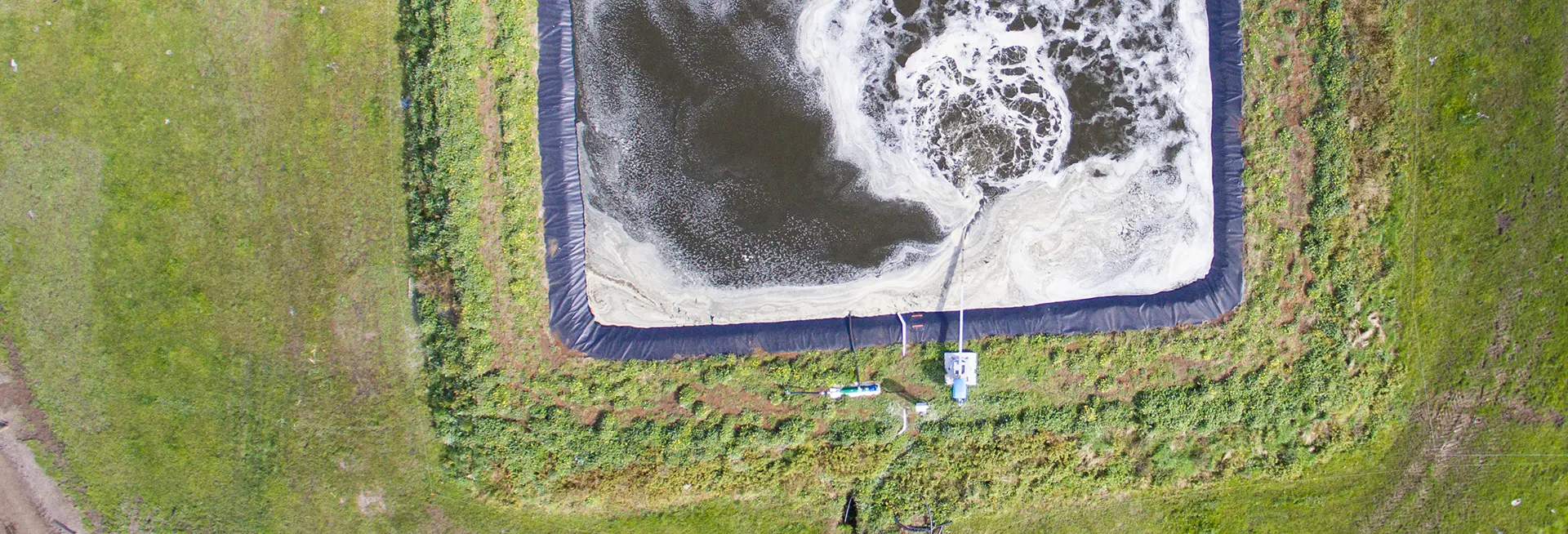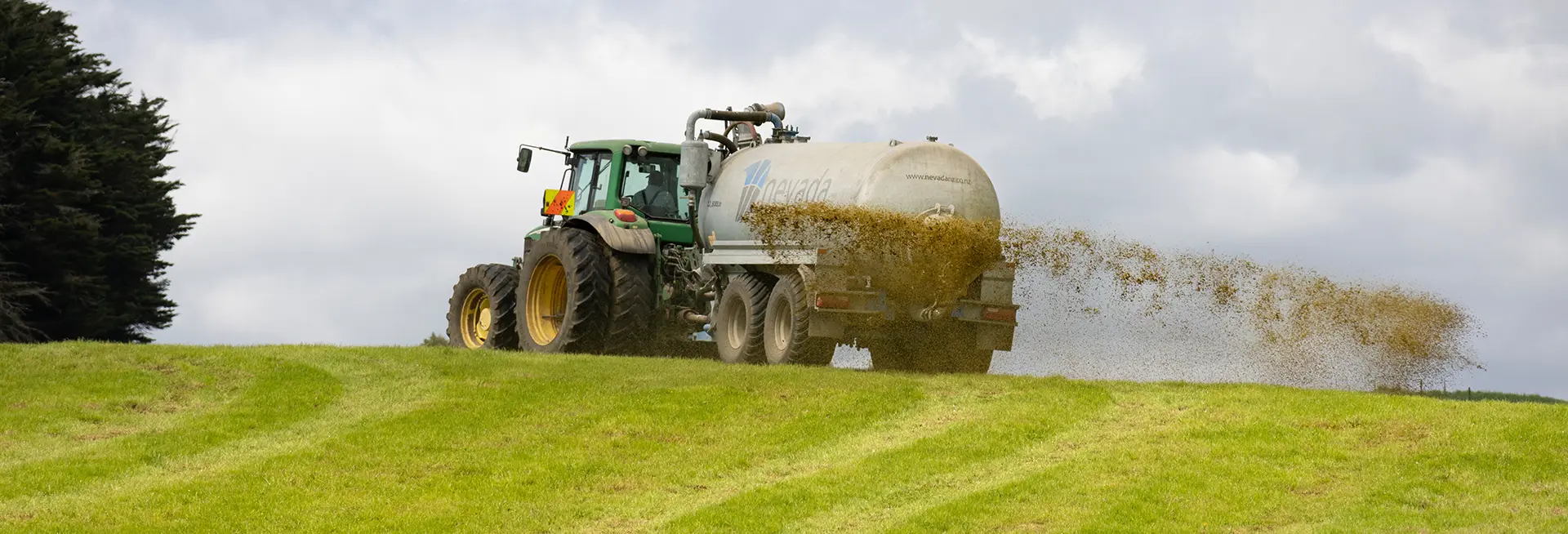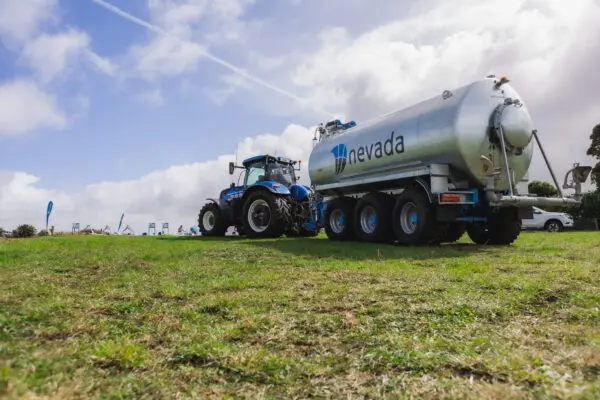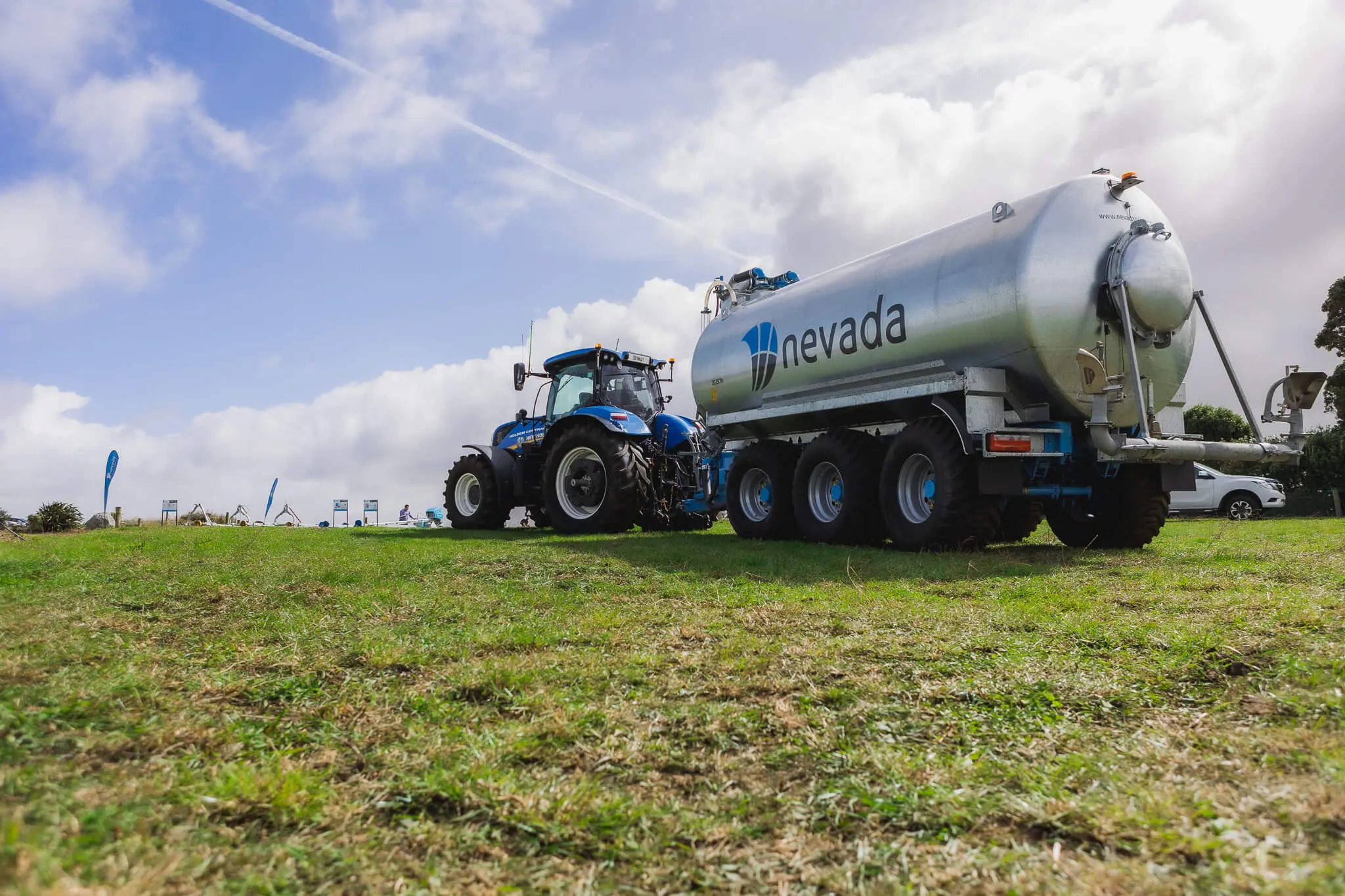While an overheated slurry tanker vacuum pump could be useful if you feel like a cooked breakfast on the run, it’s not a good sign for your pump and can lead to some major expenses.
What happens if a vacuum pump overheats?
As the metal heats up, it expands, and the vanes seize in the body of the pump (the rotor seizes in the bore). If you’re lucky this will be repairable with just a few vanes breaking, however the more likely outcome is a broken block which usually comes under the ‘not worth repairing’ category.
Why do slurry tanker vacuum pumps overheat?
Generally overheating is caused by overworking the pump. If your vacuum pump isn’t working as it should, you’re having to run it for longer, or at higher speeds, making the pump overheat and potentially seize.
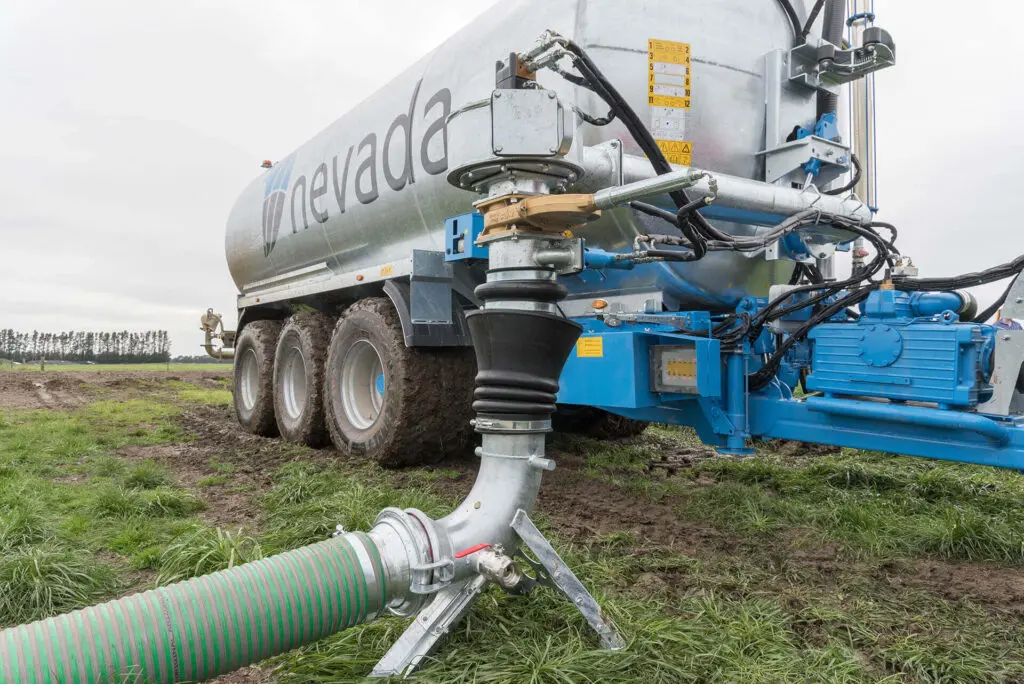
Best practices to avoid overheating
- Give your slurry a good stir before using the vacuum pump to suck it up. Aim for a consistent slurry mix that’s not too thick.
- Use a large suction pipe (preferably 8”) to minimise restrictions.
- Check the vacuum is working on the gauge.
- If it is working, don’t be tempted to rev the tractor up because it won’t achieve anything other than premature wear.
- If the vacuum isn’t working, check for leaks. If there’s no leaks it’s time to get the pump serviced.
- Replace your safety valves regularly. This will reduce the likelihood of leaks.
- Always use the recommended oil at the correct rate for your slurry tanker’s vacuum pump. The oil needs to be the right consistency and the right amount to be able to run through the pump and provide adequate lubrication.
- Don’t run your pump longer than needed/recommended. All vacuum pumps will have a duty cycle, and this can vary widely between brands and models.
Tip: When spreading constantly over close paddocks, keep an eye on the pump’s temperature. Spreading over paddocks closer to your effluent storage means the vacuum pump will be getting less rest/cooling time between sucking up and pumping out
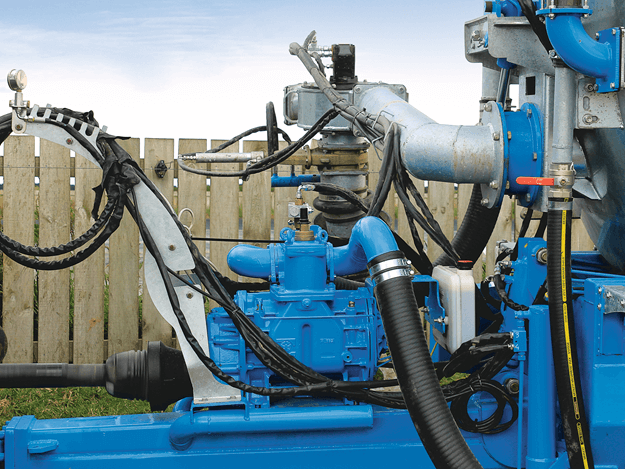
Recommendations
In addition to the best practices listed above, if you’re on the lookout for a new slurry tanker, or replacing your slurry tanker vacuum pump we also recommend:
- Look for vacuum pumps with air induction cooling and long-life vanes. Air induction cooled vacuum pumps have been the best practice standard for Nevada slurry tankers since the end of 2018. This new technology greatly extends the duty cycle of the pump allowing it to run continuously at 80% vacuum. These are a must have for slurry tankers 10,000L and larger.
- Ensure your pump has a ICP System (Integrated Crash Protection). An ICP system allows the rotor to spin freely, meaning that in the unlikely event your rotor did seize, it would simply move out of alignment so no damage would occur to the housing.
